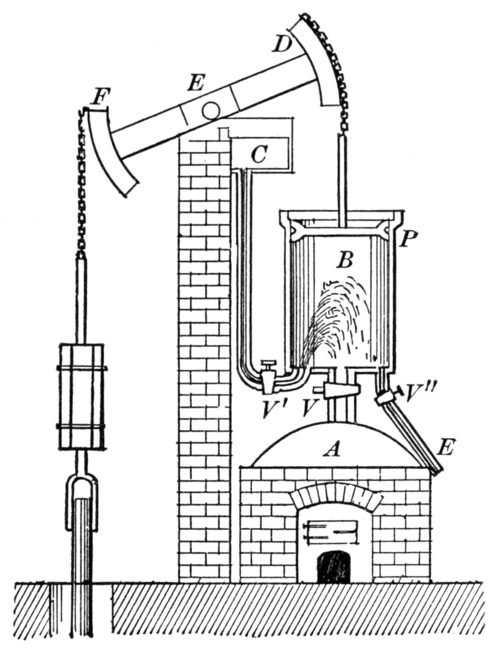For most of human history, power came from muscles — human or animal.
Cities were small. Production was slow. And the world moved at the speed of walking.
But in the 18th century, a single invention changed everything.
An invention that turned steam into motion…
And motion into the engine of civilization.
This is the story of the steam engine — the machine that ignited the Industrial Revolution and reshaped the modern world.
Before steam engines, work depended on waterwheels, windmills, and human labor.
Mines flooded easily. Factories were limited by rivers. Transportation was painfully slow.
Europe was reaching its limits.
A new source of power wasn’t just useful — it was necessary.
The world needed a way to create motion… anywhere, anytime.
The earliest steam-powered machines were crude.
Thomas Savery’s 1698 design was little more than a “steam-powered vacuum pump.”
It helped drain shallow mines — but it couldn’t scale.
Then came Thomas Newcomen.
In 1712, his atmospheric engine used steam to push a piston up and down.
For the first time, steam created mechanical motion.
It wasn’t efficient.
It was huge.
But it worked — and the age of steam had begun.
The real revolution came with James Watt.
Watt didn’t invent the steam engine — he reinvented it.
His key insight was simple but brilliant:
Don’t heat and cool the cylinder over and over.
Watt added a separate condenser — a second chamber where steam could collapse without cooling the main cylinder.
The result?
A dramatic increase in efficiency.
Suddenly, steam engines no longer needed rivers or giant boilers.
They became smaller, cheaper, and powerful enough to drive machinery.
Watt’s design became the beating heart of factories, mills, and workshops across Britain.
But how does a steam engine actually work?
At its core, it’s beautifully simple.
Steam enters a cylinder.
Pressure pushes a piston.
The piston drives a beam, wheel, or crank.
Linear motion becomes rotation.
Rotation becomes power.
One elegant chain — pressure → motion → work.
This single cycle powered pumps, mills, ships, trains, and entire cities.
With the steam engine, factories no longer needed rivers.
They moved into cities.
Production exploded.
Railways spread across continents.
Goods moved faster than ever.
For the first time in history, humans had energy on demand.
Steam pushed humanity from an agricultural society…
To an industrial one.
Today, steam engines feel old — relics of a distant era.
But their impact surrounds us.
Every power plant, every engine, every turbine, every automated system
traces its lineage to Watt’s idea:
turn heat into motion, and motion into work.
The steam engine didn’t just change technology.
It changed society, economics, and the very structure of modern life.
A machine…
That truly changed everything.
 MECHANICA PLANET
MECHANICA PLANET
